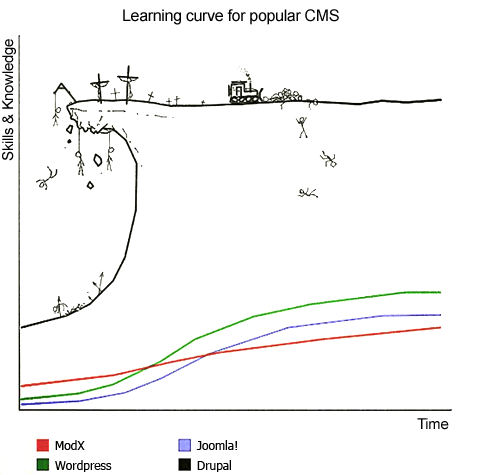Twelve attendees made it to the monthly meeting of the Monadnock Region Linux User Group, MonadLUG, at the SAU #1 offices in Peterborough. Our host, Ken, did a great job of finding us an alternate conference room within the building when another group bumped us from our usual spot.
Charlie Farinella called the meeting to order at 7 PM and we had a round of announcements and introductions. There were several new members as well as a few who hadn’t been seen in a while. Charlie announce that Philip Sbrogna had stepped forward to help Charlie run the meetings. Welcome aboard, Philip, and good wishes!
Our main presentation was from Patrick Galbraith. Patrick maintains a web site at http://patg.net , blogs at http://capttofu.livejournal.com/, is currently employed as a Principal Engineer at Lycos, Inc., and has some great stories to tell from past employment with Grazr, MySQL, VA/Linux, OSDN, Slashdot and others. He’s involved with a number of Open Source projects, including as maintainer of DBD::mysqld and libmemcached and others.
Patrick started with slides from a presentation he recently gave at the O’Reilly MySQL 2008 Conference, to establish some basic definitions and terms. He discussed the various models of replication and the pros and cons of each, comparing replication to clustering. He highlighted the files and scripts which needed to be invoked for replication, and the means of running multiple instances of MySQL on a single machine.
Patrick then switched to a terminal window and we began reviewing the configurations of the MySQL instances on his machine. Using a sample database, he established a master-master-slave configuration. Due to the fact that his machine is in constant use as part of his job (and a book he is writing!), the databases were in an inconsistent state. This, imo, is the best part of the meeting, seeing a practitioner use his tools to troubleshoot a system, diagnose the state, and use sometimes obscure commands to return it to a consistent state. Patrick ran a non-stop commentary while debugging his three instances and pointing out metrics of interest and the significance of various debugging commands. When completed, he inserted records into each master and showed how they appeared correctly in each slave and showed off the binary logs used to make the transactions. Excellent illustrations of replication!
There were lots of related discussions and side conversations, too. An intriguing thread involved “blackhole” data storage engines, where the data actually never is written to disk, but the engine exists purely for posting log entries, which can then be replicated. Wow.
Patrick also took a few minutes to tell us about Sphinx, an independent project thats created an extremely fast and powerful full-text search data engine that’s compatible with MySQL. Very impressive. Patrick also mentioned (and customer Philip endorsed) his wireless ISP business, but I missed the name.
Thanks to Patrick for a great presentation, to Charlie and Philip for running the meeting, to Ken and the SAU#1 for the facilities and last minute Mac video cables and to all members for attending and participating!
